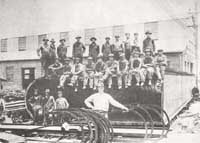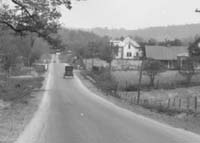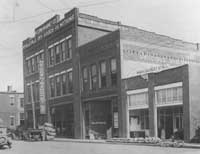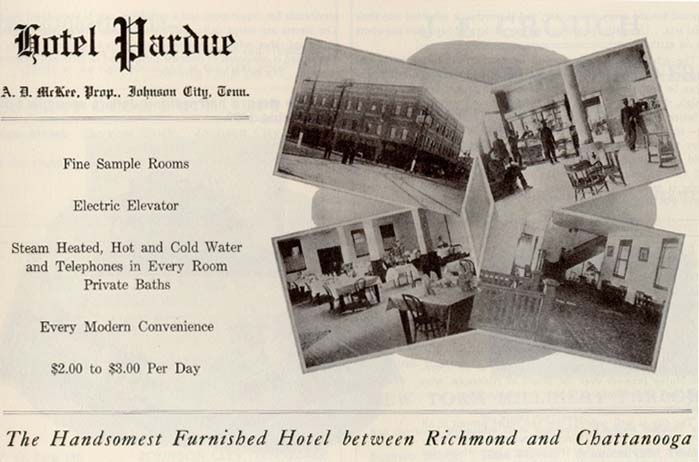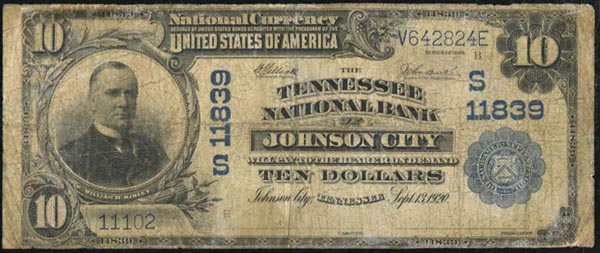|
|
|||||||||||
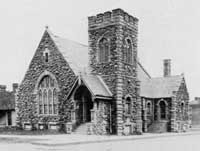 St. Johns Episcopal Church |
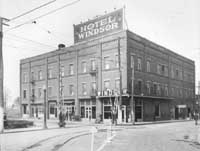 Hotel Windsor Formerly Hotel Pardue Envelope from Hotel Windsor Room Rate Card: 1941 |
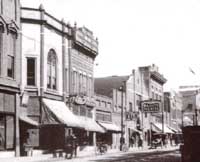 Majestic Theatre |
|||||||||
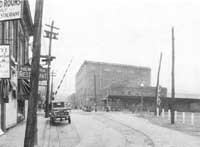 Buffalo Street |
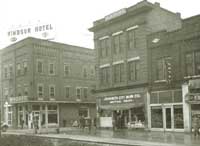 Windsor Hotel Block Sketch of Windsor Sign Inventory of Roadway Signs Ted Laws View |
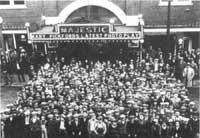 MajesticTheatre - 1927 Silent Movie at Majestic |
|||||||||
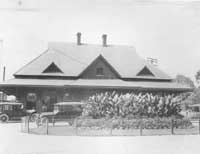 ET&WNC Depot 1930 View with Buses |
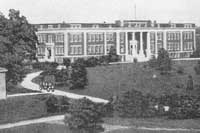 East Tennessee State Normal School |
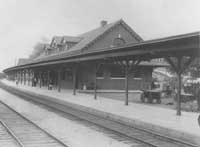 Southern Railway Depot Depot Memories Article |
|||||||||
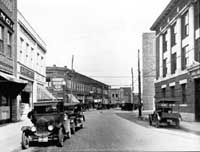 West Market Street: City Hall on Right |
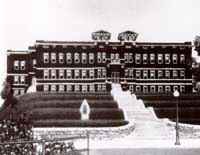 Science Hill High School 1925 Science Hill Annual |
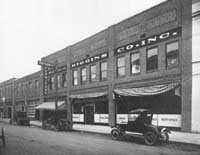 West Market Street |
|||||||||
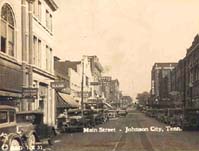 Main Street - 1931 |
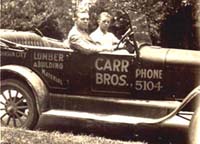 Carr Brothers Building Materials |
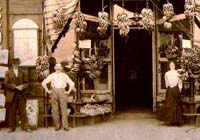 J.D. Longmire and Wife: Grocery on Spring Street |
|||||||||
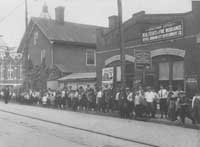 "Waiting for the Parade" Roan Street |
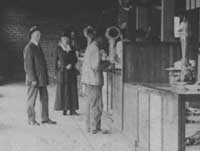 Weighing Scales at City Hall |
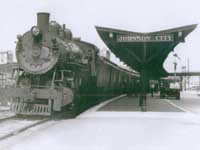 Clinchfield Railway Platform |
|||||||||
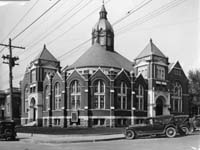 Munsey Memorial Methodist Church High Resolution Photo |
|||||||||||
 Windsor Hotel on left |
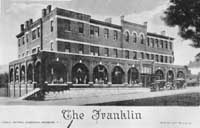 Franklin Hotel |
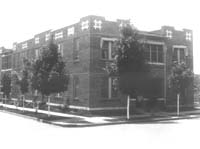 Unaka Apartments |
|||||||||
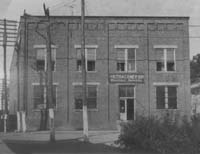 H. T. Hackney Co. Roan Street |
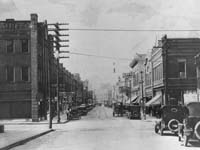 Main at Roan Looking West |
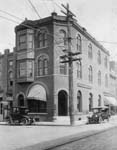 Unaka National Bank |
|||||||||
|
|
|||||||||||
|
|
|||||||||||
From 1920 until 1930 Johnson City
again doubled in population from the previous decade. The location of
huge rayon manufacturing plants in neighboring Elizabethton along with
consistent growth in the city's hardwood industries fueled residential
and commercial development. The 1920s were a lively time as the city earned the nickname "Little Chicago." However, just ahead were The Great
Depression and World War II which slowed growth throughout
the Appalachian region and were major factors in Johnson City's limited
population gains from 1930 - 1950. As passenger rail services declined,
the city's role as a regional rail hub also gradually decreased in significance.
Since 1960, Johnson City has transitioned from an economy
based largely on manufacturing and rail related industries to a service/institutional
economic base with increasingly strong medical and educational components.
The Quillen College of Medicine, the reconstructed Veterans Affairs
Center, and the current renovation and upgrading of capital facilities
for East Tennessee State University have made Johnson City, Tennessee
one of the leading institutional centers within a five-state
area.
Tables on the following photo pages show historical census population data for Johnson City.
